Non-compliance with Québec’s Law 25 can cost your business millions. Here’s what you need to know to stay compliant when developing mobile apps:
- What is Law 25? It modernizes privacy laws in Québec, requiring businesses to protect personal data and get explicit user consent.
-
Key Requirements for Apps:
- Privacy by Default: Limit data collection and use strong encryption.
- User Consent: Require opt-in for tracking and data collection.
- Privacy Officer: Assign a contact for privacy concerns.
- Breach Protocols: Notify users and authorities of data breaches.
- Penalties: Fines can reach $25M CAD or 4% of global revenue, whichever is higher.
Why it matters: Beyond avoiding fines, compliance builds trust and protects user data. Prioritize privacy in app design, secure sensitive data, and document all processes to meet legal standards.
Decoding Quebec’s Law 25: What Companies Need To Know …
Required Legal Standards for Mobile Apps
Developers creating mobile apps in Québec that handle personal data must ensure compliance with Law 25’s privacy standards. This is especially important for healthcare and research apps, where sensitive information requires extra safeguards. This section outlines the technical and operational requirements needed to meet these standards.
Building Privacy into App Design
Incorporating privacy measures from the start – commonly referred to as a privacy-by-design approach – helps align with Law 25. Developers should prioritize privacy features during the app’s development phase. Here are some key practices:
| Design Requirement | Implementation Method |
|---|---|
| Default Privacy Settings | Set defaults to limit data collection as much as possible |
| Data Minimization | Gather only the information that’s absolutely necessary |
| Access Controls | Use role-based permissions to control who can access data |
| Encryption Standards | Apply recognized encryption protocols to secure data |
The next step involves ensuring clear user permissions and transparency about data use.
User Permission and Data Usage
Law 25 mandates securing explicit opt-in consent before collecting personal data. Developers need to clearly explain how data will be collected, used, and safeguarded. According to the law:
"concerns a physical person and allows that person to be identified. It is confidential. Barring exceptions, it cannot be communicated without the consent of the person concerned." – Quebec’s Law 25
Additionally, parental consent is required for users under the age of 14.
Data Protection Standards
To meet Law 25 requirements, apps must include strong technical measures to protect user data. Key measures include:
1. Security Infrastructure
- Use established encryption methods and secure data storage systems.
- Implement secure authentication methods and conduct regular security checks.
2. Third-Party Data Transfer
- Conduct a Privacy Impact Assessment (PIA) before transferring data outside Québec.
- Formalize contracts with third parties handling the data.
- Evaluate the privacy standards of the jurisdictions where data will be sent.
- Notify users about any international data transfers.
3. Breach Response Protocol
- Maintain a detailed incident log and an effective breach notification system.
- If a breach poses a serious risk, promptly inform the Commission for the Protection of Personal Information of Quebec and affected users.
sbb-itb-7af2948
Steps to Implement Law 25 in App Development
Compliance-First Development
Start app development with privacy and security as a priority. This means integrating safeguards at every stage, from planning to deployment.
| Development Phase | Key Compliance Action | Recommended Tool |
|---|---|---|
| Planning | Privacy Impact Assessment | OneTrust Risk Management |
| Development | End-to-End Encryption | Seald SDK Integration |
| Testing | Security Validation | Blue Cedar RASP Protection |
| Deployment | Automated Compliance Checks | Checks by Google |
Using technical tools can further strengthen these compliance measures.
Technical Solutions and Resources
Modern tools can simplify compliance with Law 25. These solutions support the privacy-focused strategies mentioned earlier, helping create a solid compliance framework.
Key steps include:
-
Data Protection Infrastructure
Implement security measures tailored to your app’s data, such as firewalls, intrusion detection systems, and secure VPN connections. -
Automated Compliance Monitoring
Use tools that continuously track and enforce privacy requirements.
"The protection of medical data is our primary imperative. We decided to replace our end-to-end encryption technology with Seald because their technology was superior from a security and functional perspective."
– Charles Cote, CTO @Recare
"Our top priority is to have a solid privacy-by-design framework; tools like Checks that proactively provide needed information are extremely helpful to someone like me in a legal role so I don’t have to ask developers to provide it."
– Kate F, Corporate Counsel at Headspace
Compliance Monitoring
Once technical safeguards are in place, ongoing oversight is critical to maintaining compliance. Continuous monitoring ensures your framework remains effective.
-
Regular Security Audits
Conduct quarterly reviews and periodic intrusion tests. -
Dedicated Compliance Team
Form a team led by a Privacy Officer to:- Review and update security policies
- Train staff on privacy best practices
- Maintain incident response protocols
- Stay informed on cybersecurity trends
-
Documentation Management
Keep detailed records, including:- Privacy Impact Assessments
- Security incident logs
- User consent records
- Data processing activities
- Third-party agreements
Regular audits, team oversight, and comprehensive documentation are crucial for maintaining strong data protection practices.
Meeting Healthcare and Research App Requirements
Medical Data Security
Healthcare apps handle highly sensitive data, so securing this information is non-negotiable. These apps must process data with the strictest privacy settings.
Here are some key safeguards:
| Security Requirement | How It’s Implemented | Compliance Advantage |
|---|---|---|
| Data Encryption | Use end-to-end encryption for data at rest and in transit | Protects health records from unauthorized access |
| Access Controls | Combine role-based authentication with multi-factor authentication | Blocks unauthorized access to sensitive data |
| Audit Logging | Maintain detailed audit logs | Serves as evidence during compliance checks |
ComplyVault’s HITRUST-certified framework provides developer SDKs and management tools that meet Law 25’s standards. These tools help secure protected health information. Beyond this, developers must also set up systems to handle patient data rights effectively.
User Data Rights Management
Developers need to implement systems that address key user data rights, such as:
- Responding to data access and portability requests within legal deadlines
- Correcting any inaccurate information
- Managing user consent for sharing data
Conducting Privacy Impact Assessments (PIAs) is also crucial when updating health data systems. These practices are foundational for both healthcare and research-focused apps.
Research Team Integration
For research apps, collaboration between development teams and research stakeholders is critical. Developers need to address the following:
- Secure explicit opt-in consent, including parental consent for users under 14
- Set up data governance protocols to manage access and document processing activities
- Evaluate data protection measures for international sharing, including notification to participants and jurisdiction assessments
This collaboration ensures that research apps meet both scientific standards and legal requirements.
Conclusion: Compliance as a Business Asset
Law 25 compliance isn’t just about meeting legal requirements – it strengthens app security and builds user trust. With penalties reaching up to $25 million CAD or 4% of global revenue, prioritizing compliance makes financial sense.
Adopting privacy by design offers clear advantages:
| Business Advantage | Impact | How It Helps Your Business |
|---|---|---|
| Building User Trust | High-privacy settings safeguard user data | Encourages user loyalty and engagement |
| Reducing Risks | Strong data protection measures | Avoids costly breaches and penalties |
| Standing Out in the Market | Transparent data practices | Appeals to privacy-conscious customers |
These benefits highlight how compliance supports your app’s success.
Strong security, clear user consent, and detailed data records minimize legal risks while boosting user confidence. Meeting these standards transforms compliance into a driver for growth.
For industries like healthcare and research, a solid privacy framework – combined with regular audits, staff training, and strict data governance – ensures both data protection and long-term success.

